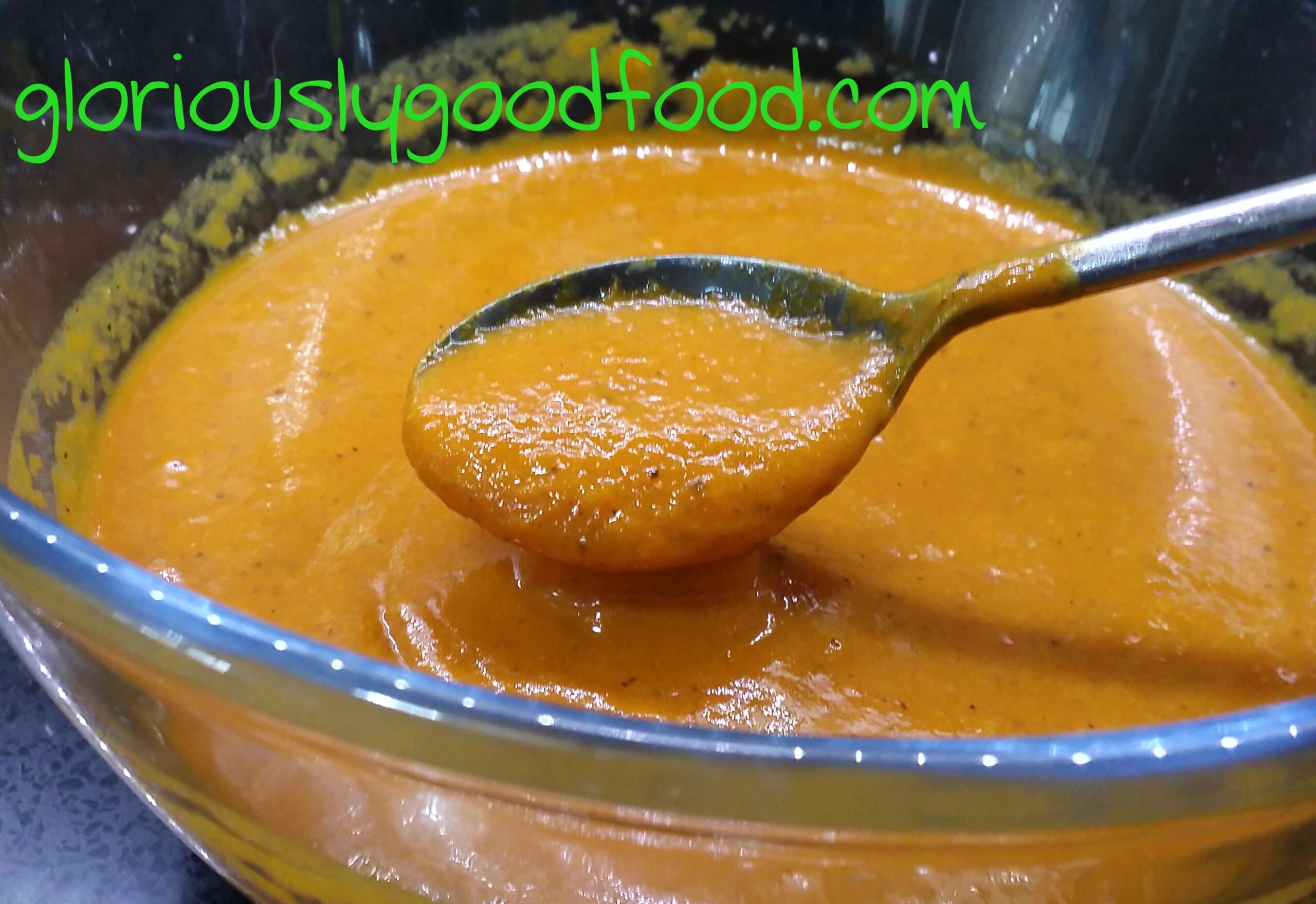Using a Roasted Sweet Pepper Sauce is a good alternative to using tomatoes, but this sauce is much more than a …

Simple Homecooked Recipes by Frederika Roberts
Simple Homecooked Recipes by Frederika Roberts
Simple Homecooked Recipes by Frederika Roberts

Using a Roasted Sweet Pepper Sauce is a good alternative to using tomatoes, but this sauce is much more than a …
How to make a basic Italian tomato sauce This basic tomato sauce can be used as a base for many …
Béchamel Sauce This is such an essential ingredient in many dishes, yet people are often scared to make it in …